In about 1300 BC in the sodden marshland of the Tollense Valley in northern Germany, 5,000 warriors assembled in two great armies.
All were men aged between 20 and 40. Many were veterans of other raids and battles, with the scarred bodies to prove it.
The invading force, led by great warlords and a mighty chief, was armed with spears, bronze swords, knives, sickles and bronze tipped arrows. The most important warriors amongst them rode into battle on stocky horses, slashing with their swords and stabbing with their spears.
Watch my YouTube video about this battle now.
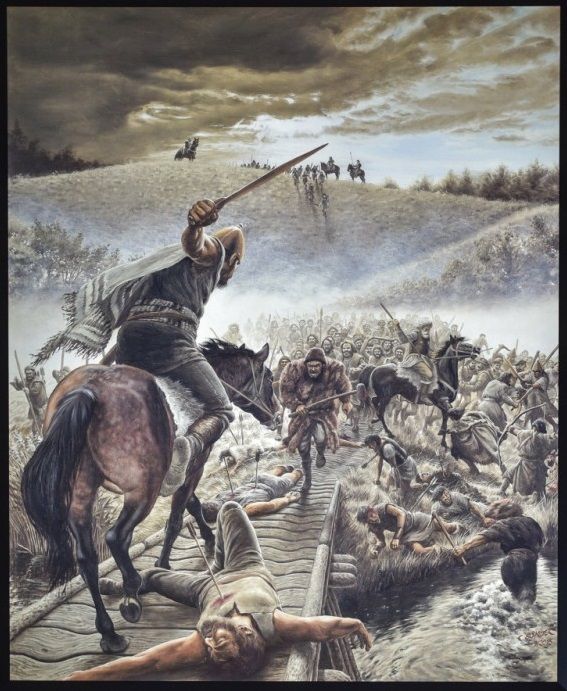
The other side was armed with only flint arrowheads and wooden clubs.
Splashing through the soft ground beside the river, the powerfully armed invaders charged the men defending their homelands.
The slaughter was terrible.
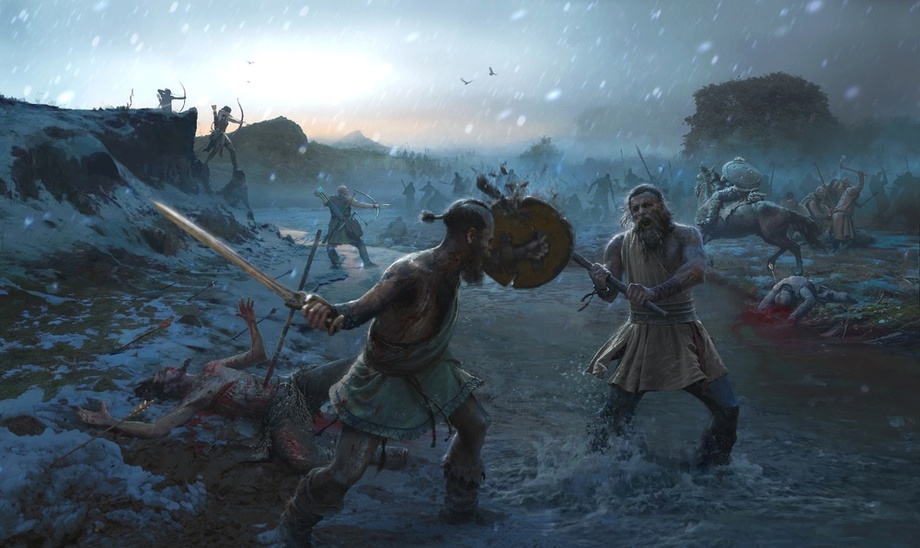
Men from both sides fell. Over a thousand were killed and many more were wounded. Battle ranged up and down the valley in a hundred pockets of fighting and countless moments of valour and infamy.

After the last of the defeated were dispatched, the bodies were stripped of their weapons, jewellery, armour, and valuables before being flung into the river.

On one side of the battlefield, at the site of the last stand of the doomed defenders, a great mound of bodies was made by the victors and left for the crows.
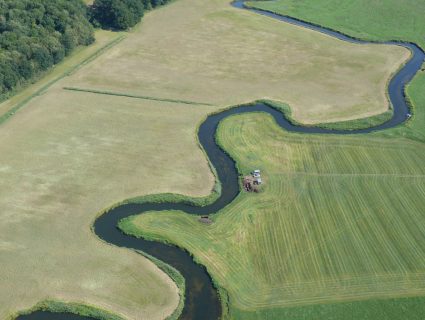
They moved on, perhaps taking the land and women of the dead men, perhaps simply moving through the landscape to some new location. Or perhaps they returned to their own homes, a matter of honour settled.
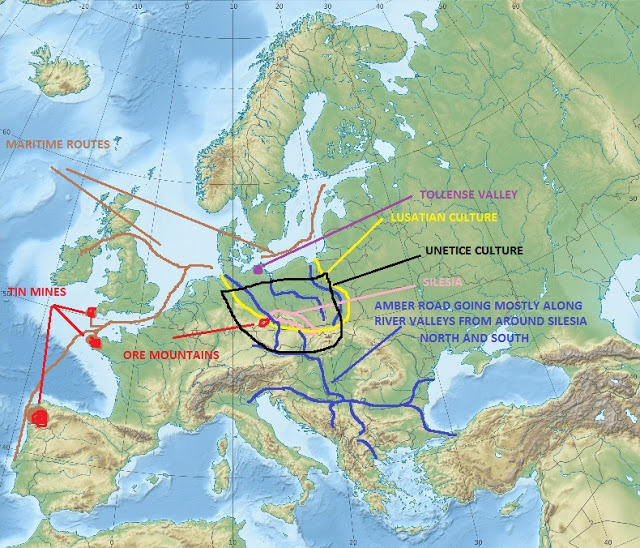
This great battle would have been remembered for generations. The heroes celebrated and the dead mourned. In time, perhaps the event passed into legend.
Certainly by historical times however all knowledge of it was lost. Like almost all events in history, it was forgotten forever.

Until one day in 1996, a voluntary conservationist reported finding a humerus bone at the Tollense riverside at low water with an embedded arrowhead made of flint.
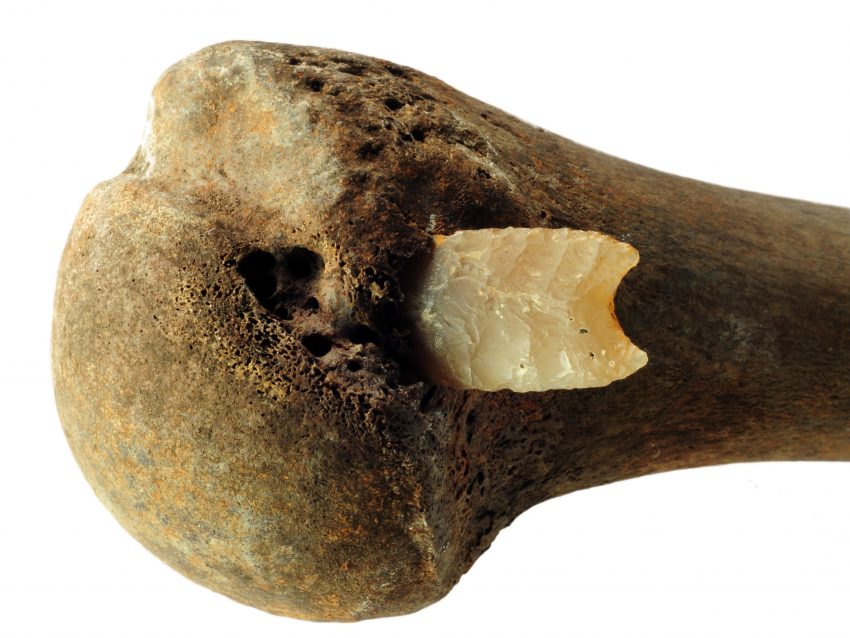
Preliminary archaeological excavations began the same year around this site and further human and animal bones were found.
During the following years, a club made of ashwood was discovered as well as a hammer-like weapon made of blackthorn and more bones.
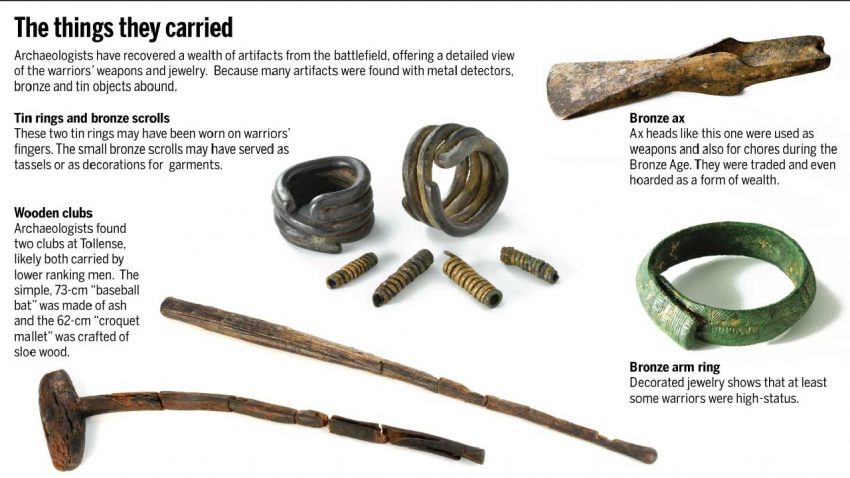
Proper investigations began in 2007 and since then the above picture has gradually emerged.

In fact, the scene as I described it would be argued against by many archaeologists, I’m sure, as there is very little agreement about the actual events.
However, something like that did happen. It was a great slaughter – the greatest known about in the Bronze Age. Before this discovery, it was assumed that only raiding happened at this time and battles of this scale were a development of the Iron Age.
But it makes one wonder, does it not, what other great battles occurred in the thousands of years of the Bronze Age and are now unrecorded and unremembered – other than in legend.
I wonder also how much more evidence there is out there under our feet, waiting to be discovered…
Read more here: https://en.wikipedia.org/wiki/Tollense_valley_battlefield
I am writing my bronze age fantasy series Gods of Bronze and although this battle takes place 1500 years later than my series, it really is a wonderfully evocative and stimulating tale.
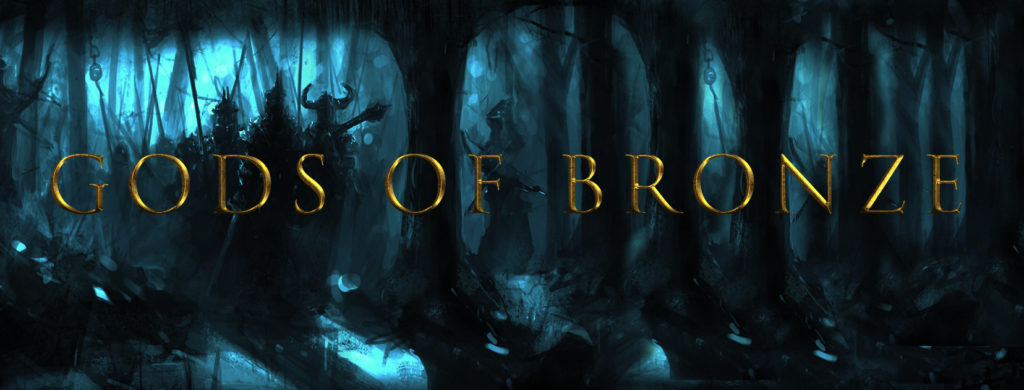
Get your free copy of the Gods of Bronze prequel The Wolf God now: https://dandavisauthor.com/
Please like, comment and share.
Cheers!
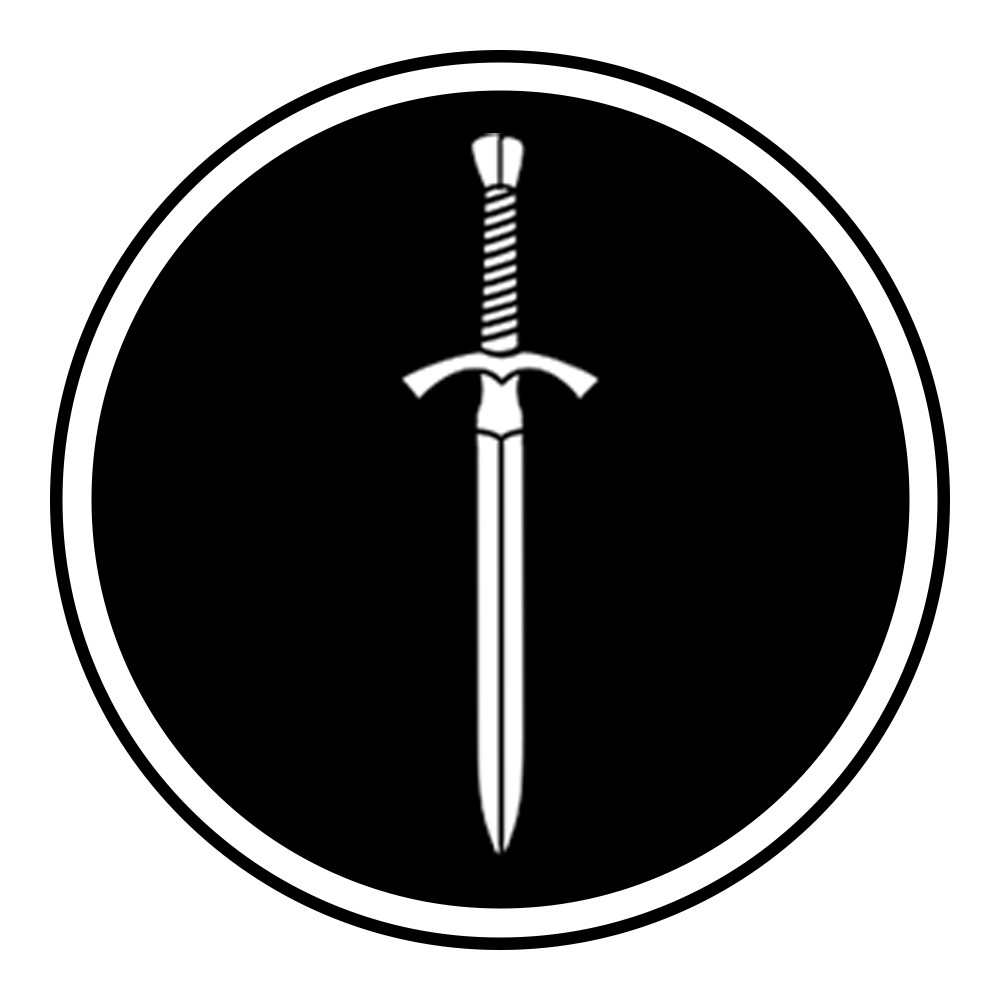
Fascinating and sad at the same time. I still want the full story though.
Yes I agree. More will be found here in future I’m sure and more analysis will be done. Thanks for reading.
I think the band Manowar tells about this battle in their epic “Grandfather’s Tale”
Really? That’s awesome, nice one.
I couldn’t help but notice that you omitted any reference to the Anatolian DNA, or perhaps more accurately Phoenician DNA, located in the Tollens Valley and amongst the remains recovered from the Valley and River. Could the ancient Phoenicians have sailed through the Pillars of Hercules, past Jutland and settled a major trading center on the shores of the Baltic?
Amber was worth its weight in gold, and the Romans reported an active sea trade in amber when they arrived on the shores of Briton in 138BC.
Lastly, the vessel constructions techniques of what would become known as the Vikings was unique to the Baltic, but not to the eastern Mediterranean, perhaps there is some link between the wealth and riches of the Phoenicians and the attraction to the region by the Bohemians? Perhaps it was a war of plunder?
There is no Anatolian or Phoenician DNA at Tollense Valley. The Phoenicians would not even make it as far as the eastern Mediterranean for centuries after this battle.
Dan thanks for all your work around this era. I find your breakdowns more real than cold anyalis.
This is where John Kerry’s ancestors first won their Purple Hearts.
And more has been unearthed. Today’s article [09-24-2024].
https://www.yahoo.com/news/arrowheads-reveal-insights-armies-fought-164151531.html
This is truly amazing!